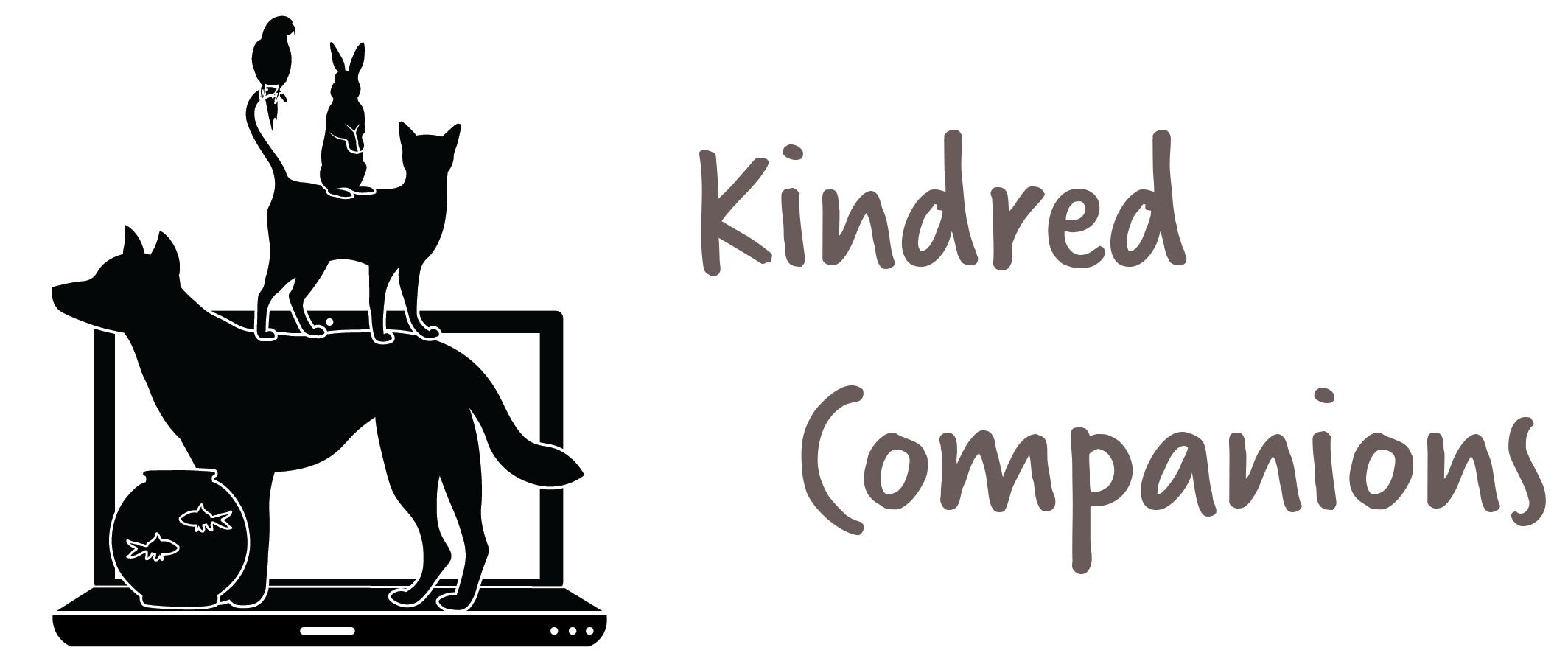The One Way You're Failing Your Dog
The one way you're failing your dog - you're not listening.
A dog is not a toy on the end of a rope. A dog is not a silent partner to use at your beck and whim. You dog is not stubborn, willful or any other label you want to stick on them. Your dog is a thinking, feeling, and communicating being, and you're failing them by not listening to them. I don't mean barks, yips, and yowls. I mean the dozens of messages a dog gives out to show how they're feeling that you're not paying attention to.
Canine body language is a big buzz word in the dog training world. Not so much in the dog ownership world however. Owners hear it from time to time at training class but beyond that there is little to no mention of it. Owners "know" their dogs... That should be good enough right? Wrong!
(C) Lili Chin
At every new student orientation or client consultation I give a handout displaying various forms of canine body language. I point out all the common ways a dog communicates; a wagging tail, a wiggly butt, a big panting grin, or an angry snarl. Then I show them the signals called "stress signals" or "calming signals" such as yawning, lip/nose licking, head turning, and paw lifting. "My dog doesn't do that" is usually the next thing they say. No... You're just not listening.
If the dog is present I tell them that I will spend the rest of the session while we are training, pointing out the signals for them to see. By some point mid session I have probably pointed out 15-20 stress signals and with that most owners say "Oh my god! My dog hates me!" That is incorrect as well. Your dog doesn't hate you. Your dog is just putting up with little to no communication on their behalf, because they like you that much. So can we cut them a break and give them a voice?
One very simple way to learn to talk to your dog is something we trainers call the "ask". The ask is what happens when we stop demanding and start conversing. The ask is when we go for a walk, you dog stops to watch and squirrel run by and you say "Hey Rover, Ready to go?" and with that your dog either joins you or keeps watching. Of course your dog doesn't speak English but at the same time your dog is giving off lots of communication. Lip licks due to excitement, maybe a paw lift, or maybe none of those. That tells you how excited or overwhelmed they are and whether they are at the mental capacity to listen to you. Next a stranger kneels beside your dog and reaches for them. Your dog yawns and turns their head away. They are not saying they are sleepy. This is your dog saying no thank you. It is now your job to say to the stranger for your dog "No thank you, maybe next time."
Another powerful mode of communication is play. I don't just mean throwing a ball either. I mean playing with your dog at their level with the kinds of play they like. Dogs like to play both predator and prey, just like humans do (cops and robbers anyone?). Bounce around with your dog. Give chase and allow them to chase. Tap or thump your dog if they like it. How will you know they like it? They will come back for more. And keep it short. Around 2-3 minutes per bout. This is about how long most play bouts with dogs last naturally. Then let them go sniff, you have a drink and repeat. And make sure you invite play happily. No pinching, grabbing, or tugging on the dog. Their reaction is not play, it is them telling you to stop.
If for nothing else, I hope you consider what is written here to help prevent a dog bite. Because sure, your dog doesn't mind kids sitting and hugging on them all day normally. But what about the day your dog had an ear infection, allergy flare up, or lyme disease. Then your dog will not be so understanding and both parties are going to get hurt.
For more information on canine body language and to learn to do right by your dog visit these excellent sites:
Talk to the Paw by Nicole Wilde - AMAZING DVD!
Animal Building Blocks Academy
Pet Professionals Guild - Dog Body Language
Doggone Safe - Learn to Speak Dog
